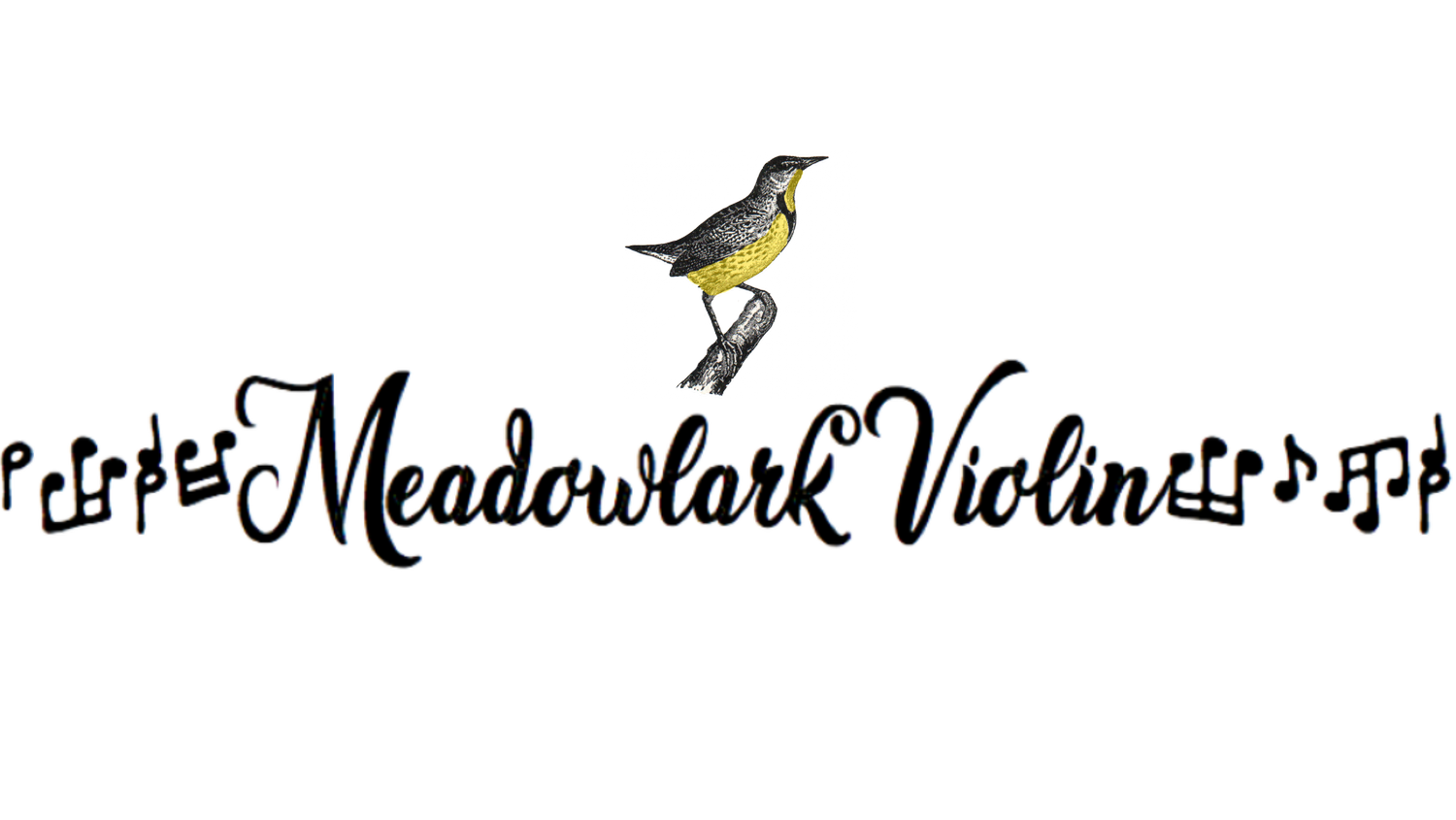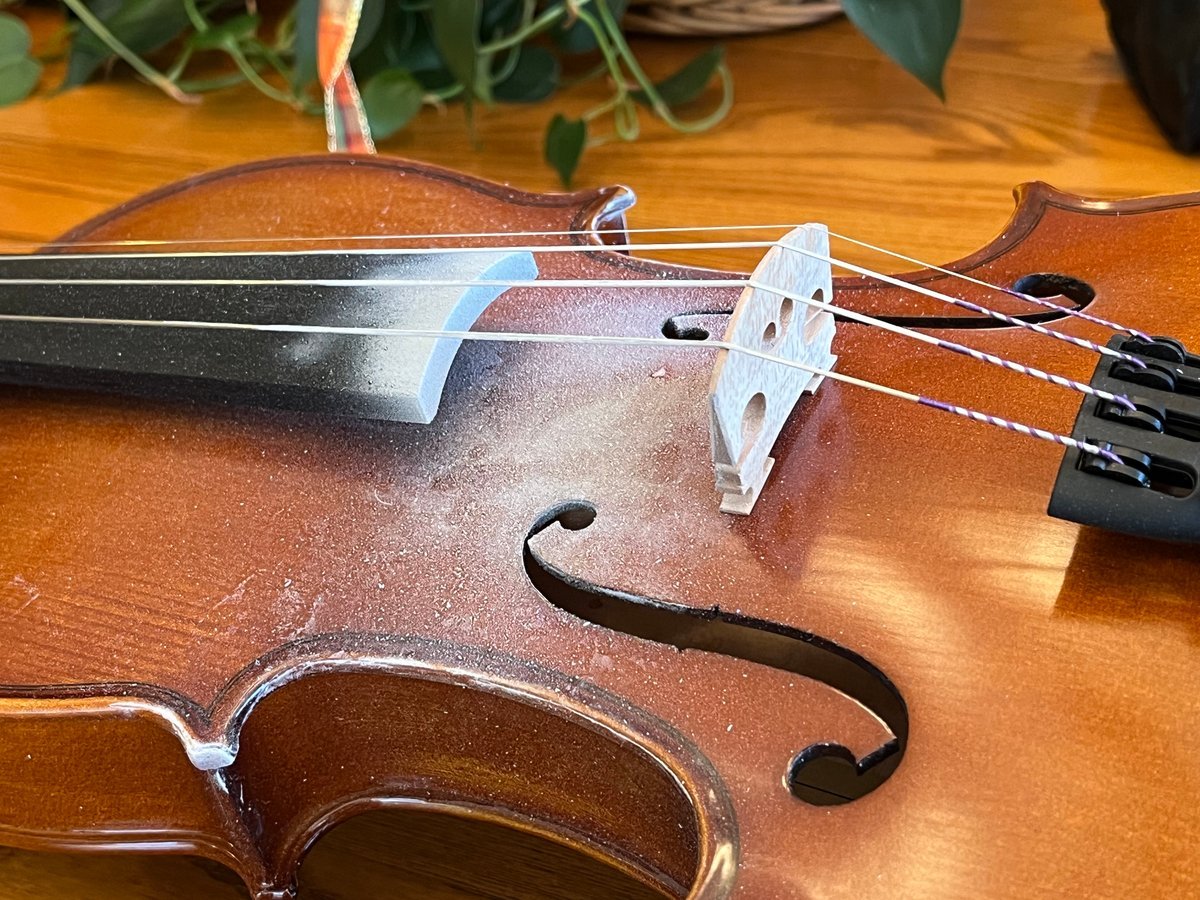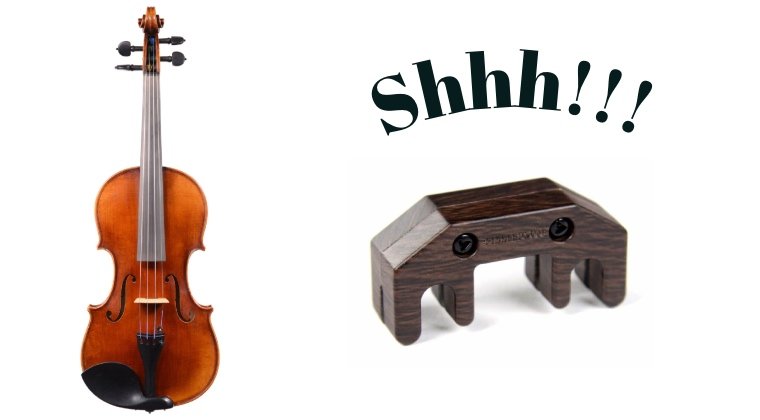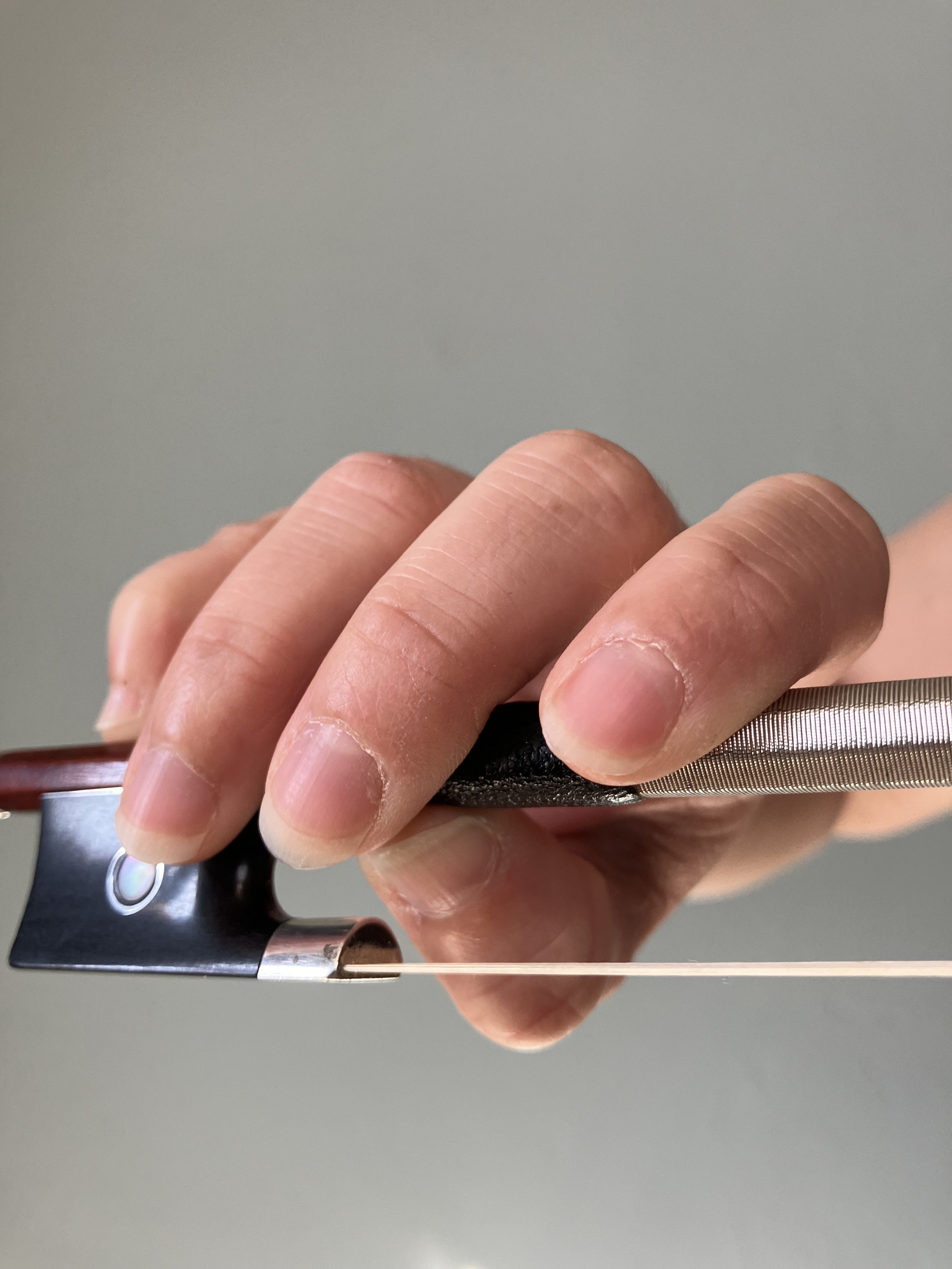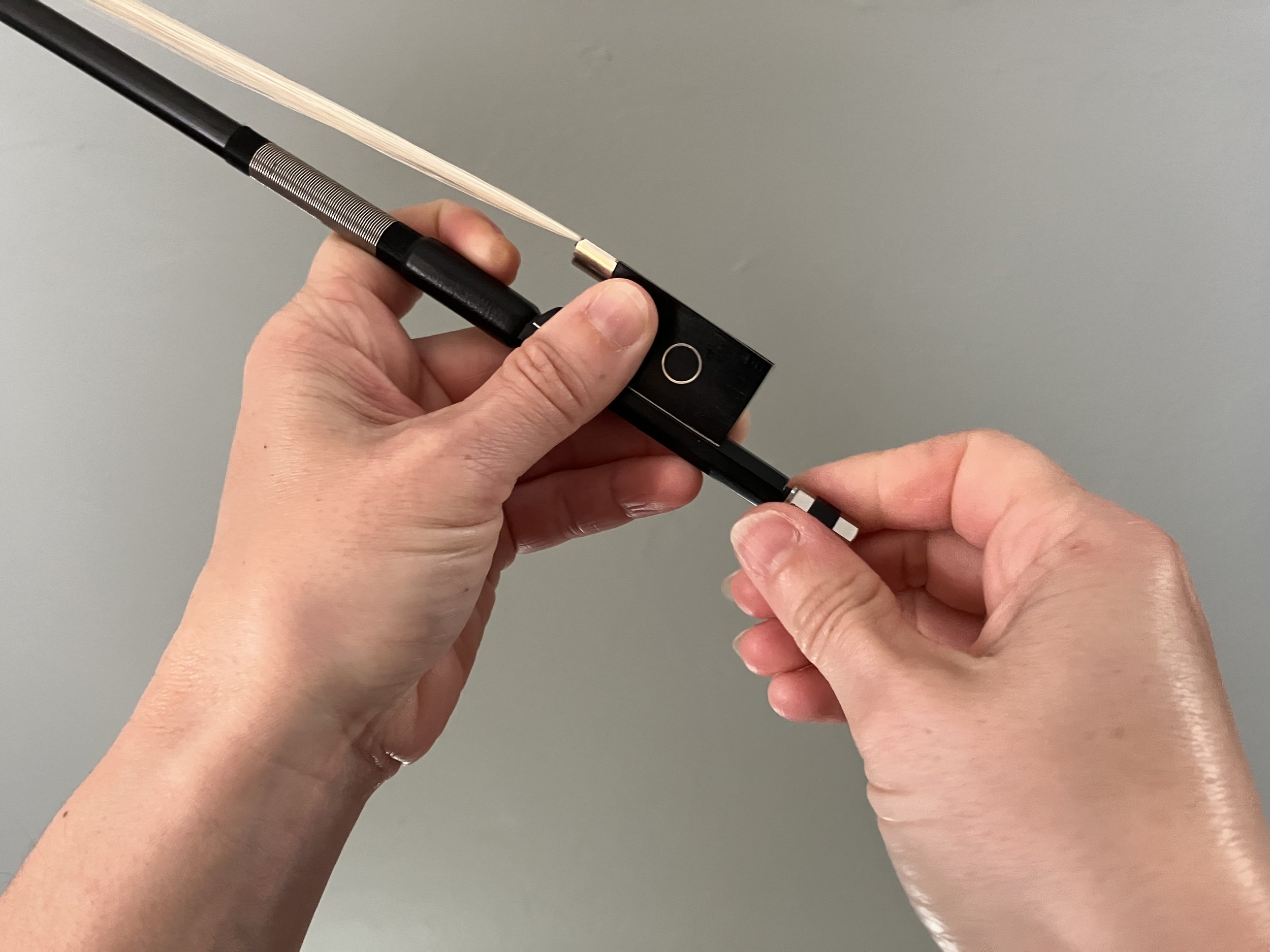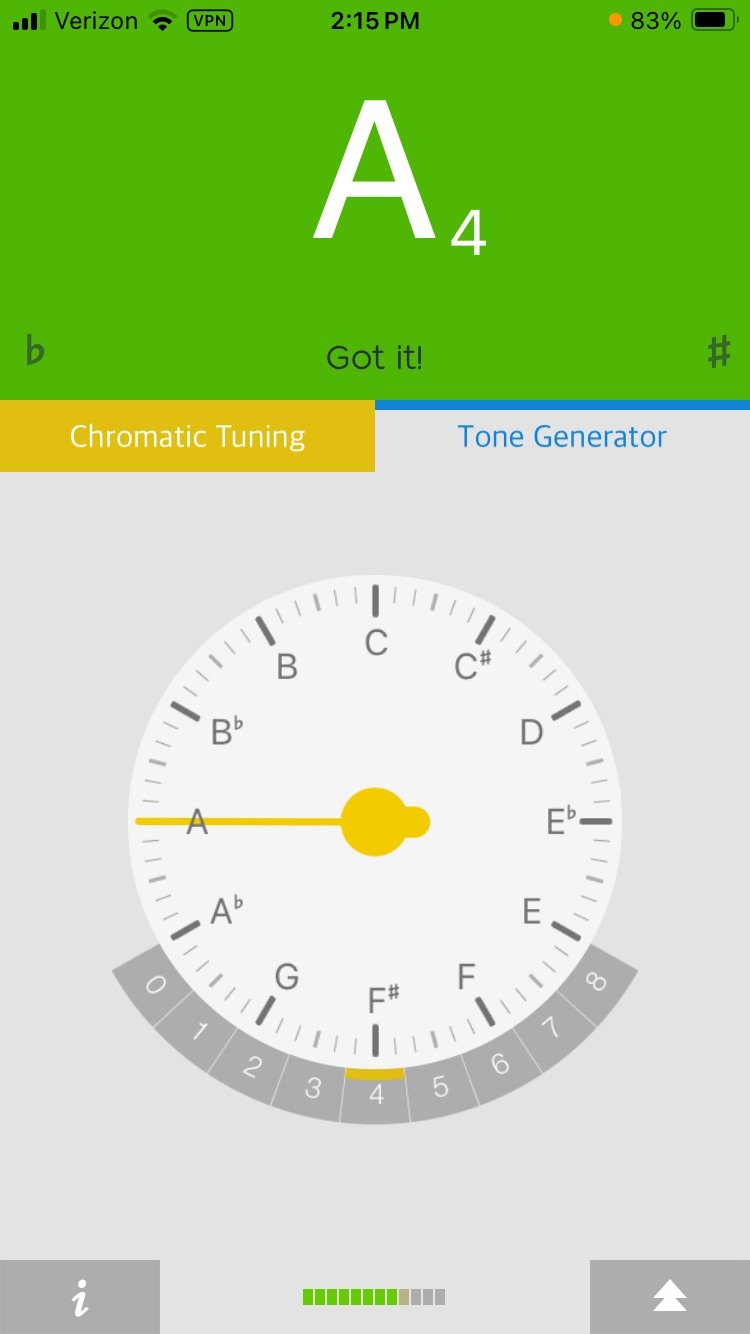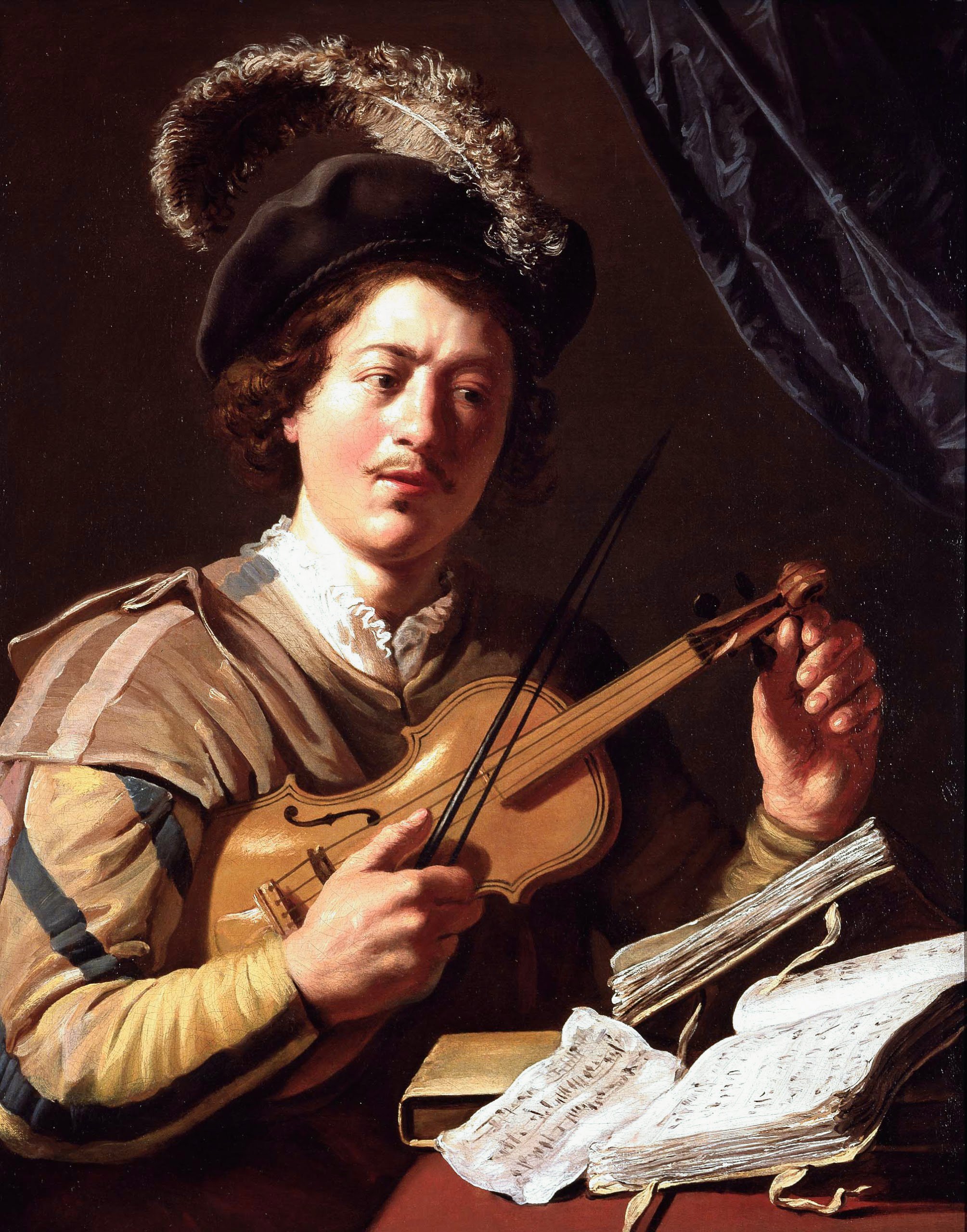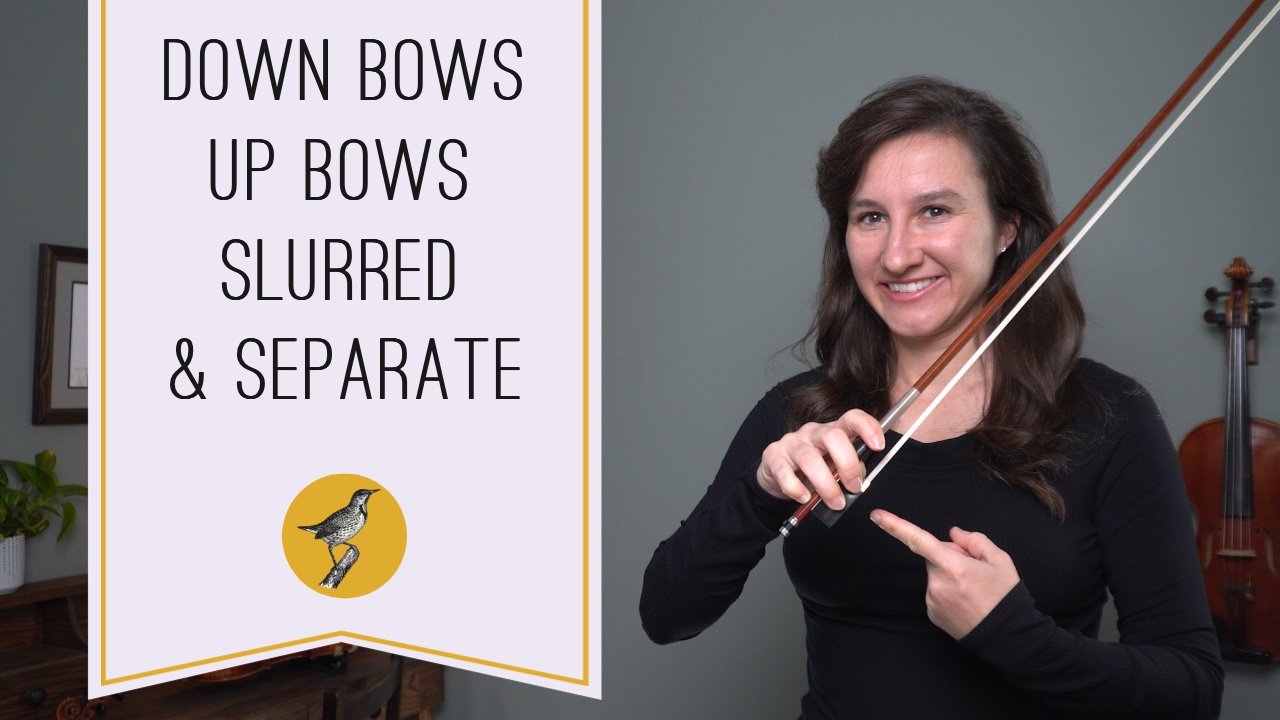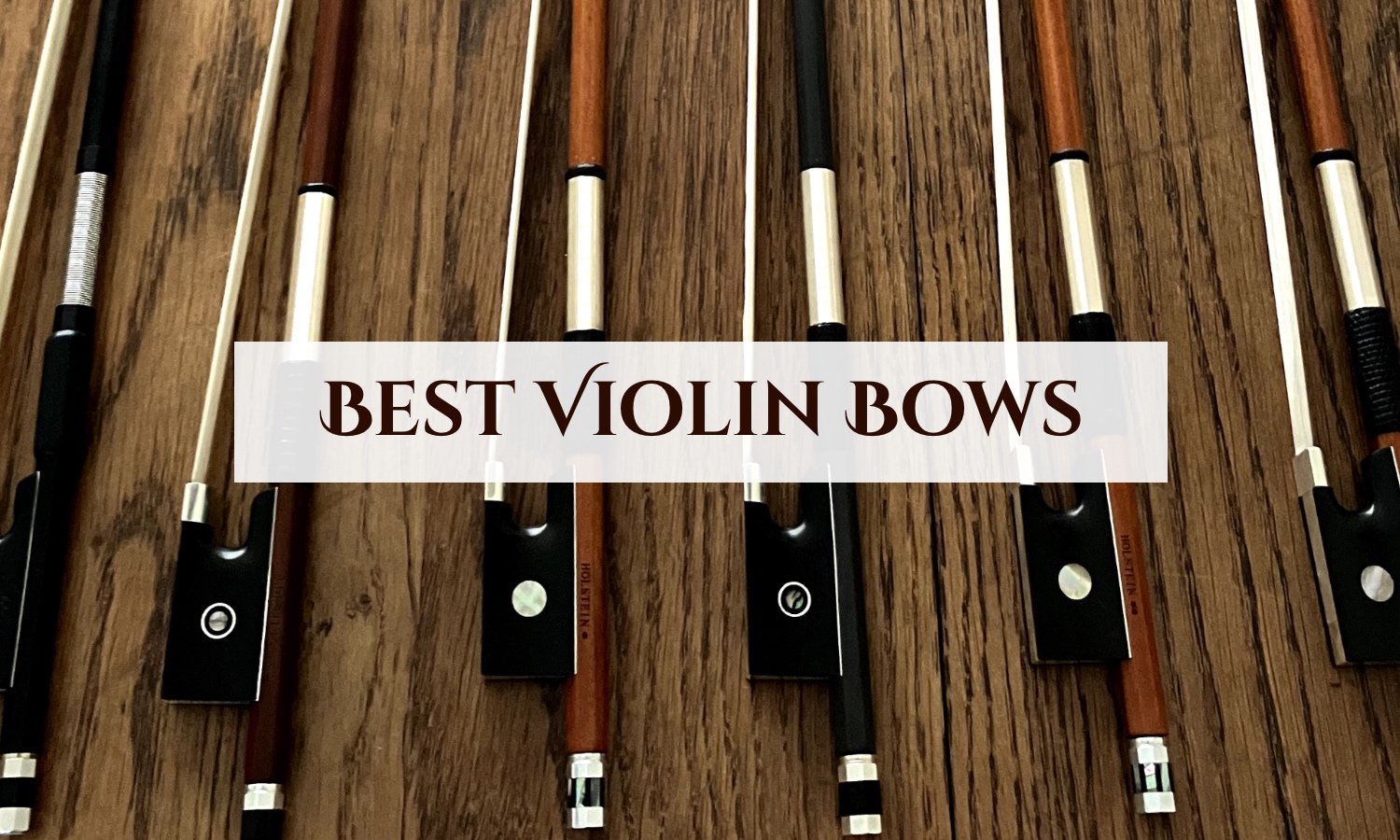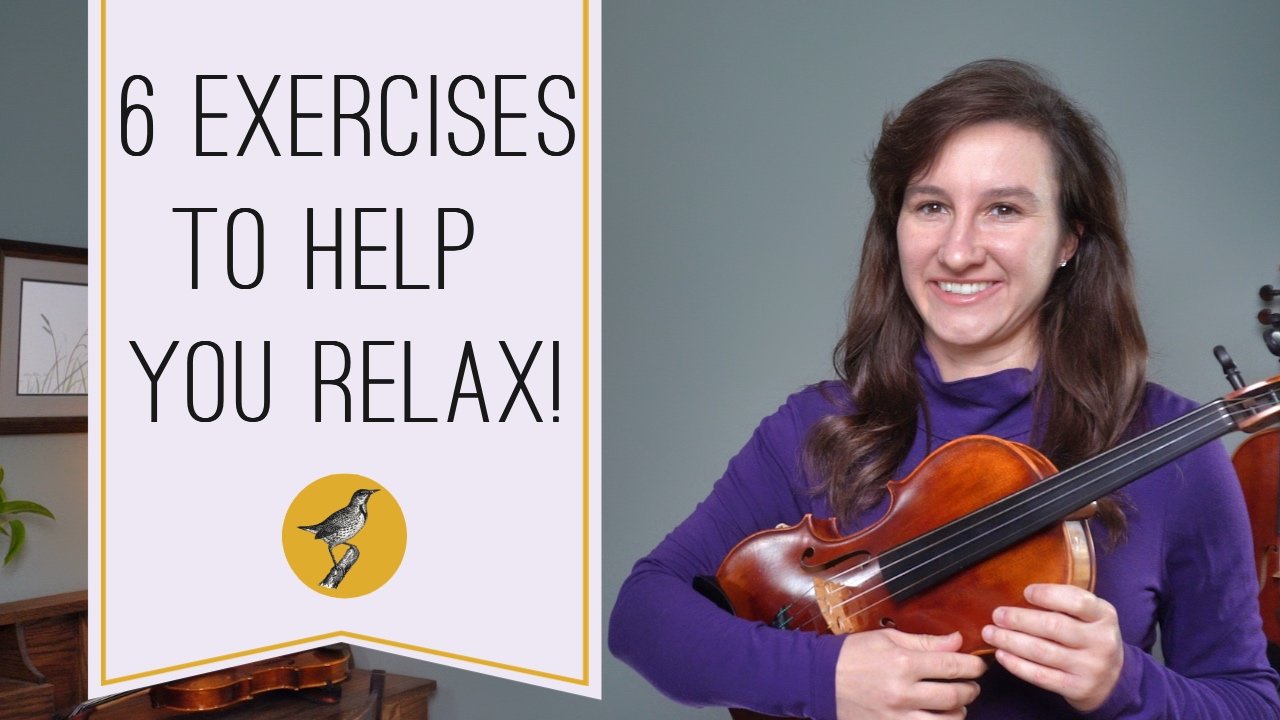How to Care for Your Violin: Ultimate Guide to Violin Maintenance
/Now that you have your new violin, you may be wondering, “how do I care for the violin?”
You want to keep your violin looking new and in tip-top playing condition and violin maintenance plays a big part in how your violin sounds.
Before we get into my violin care tips, I want you to remember one thing. While the violin is a delicate instrument and does require some care and maintenance, don’t be afraid of the violin. Yes, you want to take good care of it, but don’t be so terrified of hurting it that you are afraid to use it. Aside from bashing your violin against the wall, any minor things that happen to your violin during daily use can be fixed!
Before we get into the details about violin maintenance, first let’s talk about some general violin care tips when handling the violin!
Violin Care Tips
How to Handle the Violin and Bow
Always wash your hands before handling the violin
Hold the violin by the neck when you can. This is the safest place to hold the violin and allows you a good grip around the instrument. Avoid placing your hands all over the body of the violin since the oils on your hand can eventually hurt the varnish. Now, you will occasionally have to touch the violin body. Don’t worry, it won’t disintegrate. Just don’t make a habit of rubbing your hands all over it.
You also want to avoid touching the violin bow hair since the oils on your hand aren’t good for the hair. Again, don’t worry too much if you accidentally touch the hair.
Don’t rest the violin upside down on its front. The bridge could crack!
Don’t rest the violin like this!
Understanding Affects of Temperature and Humidity on the Violin
Keep an eye on the Hygrometer in Your Violin Case
Your violin is made of wood and glue: two materials that don’t respond very well to excessive temperatures or drastic changes in temperature. So when considering violin maintenance, temperature and humidity should always be on your mind.
What does heat do to a violin? Excessive heat can make the glue melt. The wood will also expand, making the pegs swell, which means your pegs may stick and be hard to tune.
What do cold temperatures do to a violin? Cold temperatures will make the wood shrink. This can cause cracks to form in your violin. With cold weather, we often get drops in humidity, which is another important factor when it comes to violin care and maintenance.
How does humidity affect a violin? The violin needs to be kept in a place with a relative humidity between 40% and 60%. If it’s too dry, cracks can form. Too humid and mold can form. Neither of those things are good for violin care!
To control the humidity level around your violin, you can use in case humidifiers or humidifiers that fit into your violin body. I live in Arizona for a good part of the year so I use both! Here’s what I use:
You can also use humidifiers for the room where you keep your violin or dehumidifiers if it’s too humid.
The humidity level can also affect the bow which we’ll talk about when we discuss violin bow maintenance.
Do I Need to Keep the Violin in its Case?
While the case is safest place for your violin, as long as the temperature and humidity are in the correct ranges, I’m a big fan of leaving the violin out during the day. This makes it much easier to just pick up the violin and start playing. If you have pets or young children, make sure the violin is in a safe place. I love violin wall hooks for this reason.
Violin Storage, Temperature, and Humidity
Avoid leaving the violin case or the violin itself in direct sunlight.
Keep the violin in a temperature controlled room. If it’s too hot or cold for you, it’s too hot or cold for your violin.
Make sure the humidity level stays between 40% and 60%
Avoid leaving the violin in the car, especially if the temperatures are warm. Remember, however hot it is outside, it will be even hotter in your car. Now let’s face it, you will occasionally be somewhere where you just want to leave your violin in the car for a bit so let’s talk about that.
Can I Leave a Violin in a Car?
While many people say NEVER leave your violin in a car, let’s be practical and talk about when it’s okay and when it’s definitely not okay to leave your violin in a car. Over the course of playing violin for a few decades, I’ve definitely left my violin in a car a few times with no catastrophic results. So if you want to leave your violin in a car, there are a few things to consider.
How expensive is the violin? I’ve got a lot of violins. If I’m carrying around Maria, my REALLY nice violin, I’m much more hesitant about leaving it in the car for any reason or for any amount of time. If I’ve got one of my $200 budget violins I use for traveling, I’ll be more likely to leave it in the car if the following factors look good.
What’s the temperature? If I’m hot (around 90-95 degrees) the violin can only stay in the car for short trips. As in 5-10 minutes. If I’m in Phoenix in the summer (as in 95-115), the violin goes with me everywhere or just stays at home. If it’s comfortable but warm (80-90 degrees). I’ll be okay leaving the violin in the car for slightly longer periods, like eating a quick meal or doing some quick grocery shopping. If it’s cool and comfortable (55-70 degrees) I’m okay leaving the violin for a longer meal, a walk, or a little hike. If it’s getting colder (30-55 degrees), I’m back to just leaving it in the car for short amounts of time. If it’s really cold (30 and below), it’s going to go with me or stay at home.
Is it a safe place to leave the violin in the car? Another reason you want to avoid leaving your violin in your car is theft. While you never know exactly if it’s safe or not to leave your violin in the car for this reason, if you do leave it, make sure it’s concealed or in the trunk.
Taking Your Violin With You
There’s really nothing wrong with taking your violin with you when running errands if for some reason you’ve got the violin in the car with you. If I stop to eat while on a road trip with my violin, I simply take it into the restaurant. No one ever says a thing. Just don’t forget to take your violin with you when you leave!
Violin Care After Playing
Now let’s talk about how to care for your violin and bow after you are finished playing.
Daily Violin Maintenance
If it looks like you’ve been eating powdered donuts over your violin, you’re probably using a little too much rosin. Just make sure you wipe all of that off!
A big part of daily violin maintenance and cleaning has to do with rosin. Rosin is sticky. It’s good for getting the bow hair to grab the string, not so good for the varnish. You always want to remove any rosin dust from the body of the violin. If left on, over time the rosin dust will harden and become more difficult to remove. Eventually rosin left on the violin can damage the actual varnish. So make sure you…
Always wipe the rosin off of the violin with a microfiber towel. Make sure you get under the strings in between the bridge and the fingerboard, but also wipe the end of the fingerboard where rosin often collects. Simply thread the towel underneath the strings and use both hands to wipe the towel back and forth.
Wipe the rosin off of the stick of the bow (note, this may be something I do once a week. There’s not always enough rosin on the bow stick to justify wiping it down every time. If you do find there’s a lot of rosin on the stick after you play every time, you’re probably using too much rosin.
Always loosen your bow hair before storing the bow. There’s no need to unscrew the the hair, simply loosen the hair just enough so that the hair starts to touch the stick.
Weekly or Monthly Violin Maintenance Items
Every week or month, use a second towel (not your daily rosin towel) to wipe down the entire body of the violin, removing any dust that collects around the body and under the tailpiece.
If you have significant rosin build-up on the strings, you can use a small cotton pad with alcohol to remove the rosin for the strings. Just make sure the alcohol doesn’t get on your violin. If you’re worried, place a towel underneath the strings to catch any alcohol that might drip.
The type of towel you use for cleaning is very important.
I keep two cleaning microfiber towels for my violin. One is for wiping off rosin, and the other is for wiping off the body. Make sure you use an absorbent type of material like microfiber so the cloth actually picks up the rosin. For a while I was using some cotton cloths and cotton handkerchiefs. What I didn’t realize is that the cloth was just spreading the rosin up the fingerboard. So after a few months I had a very obvious rosin streak that my luthier had to clean off.
You may also want to vacuum your violin case every month to keep dust and debris at a minimum.
Yearly Violin Maintenance Items
At least once a year, replace the strings and get the bow repaired. You can replace the strings, but you’ll want to take the bow to a luthier to get it rehaired.
It’s also not a bad idea to get a yearly violin checkup at your local luthier once a year. The luthier can give your violin a deep clean and make it look like new. It’s also a great time to see if your violin needs any adjustments or fixes.
Violin Bow Care
When you are finished playing, wipe the rosin off of the bow stick (the wooden part).
At some point, you’ll open your case and realized we never loosened the Bow hair.
Always loosen the violin bow after playing. If you occasionally forget to loosen the bow hair, it’s not the end of the world. We’ve all done it from time to time. But if you keep the bow hair tight, it will reduce the life of the bow hair and cause the hair to stretch out over time.
Humidity can also play a part when it comes to the bow. When it’s humid, the bow hair is more elastic and it will take lots of turns to tighten the bow hair. Be careful if you take your violin and bow from a humid place (like outside) to a drier place (inside an air conditioned room). Make sure you loosen the bow hair, otherwise when the hair meets the drier air, it will tighten ever more. If the bow hair becomes to taunt, eventually it will start to snap.
How Much to Loosen Your Bow When you’re finished playing
About how much you want to tighten your bow to play
You may occasionally get single bow hairs that break or become loose. This is very common and totally normal. Simply take fingernail clippers and clip the hair as close to its base as possible. You can yank the hair out, and if you are in a performance setting, that’s usually your only option. It’s not the end of the world, but you could accidentally put too much force and yank all the hair out. So use clippers whenever possible.
Walking and Moving with a Violin in Hand
Last up in our discussion of violin maintenance: moving around with your violin. This isn’t topic that is often discussed when talking about how to care for your violin, but the closest my violins have ever come to complete destruction always involved me moving around. So here are my tips for keeping your violin and bow safe if you’re walking, climbing, or otherwise on the move with a violin in your hands.
Be wary of stairs
Recently I was walking up the TWO stairs in my RV with my violin. Somehow I tripped but luckily fell on my side. Meriwether, my violin was unharmed but it was a close call. My recommendation? If you have to go up and down stairs, no matter how few, put your violin in its case, ascend or descend, and then get the violin out.
Be wary of doors
Or rather, doorways. Doorways and bows are eternal enemies. When walking through a doorway with your violin bow, you may keep the violin close by your side, but you may forget the bow extends several feet from your body and then all the sudden...whack! Your bow gets snapped in two.
So a word to the wise, be mindful of doors and stairs!
